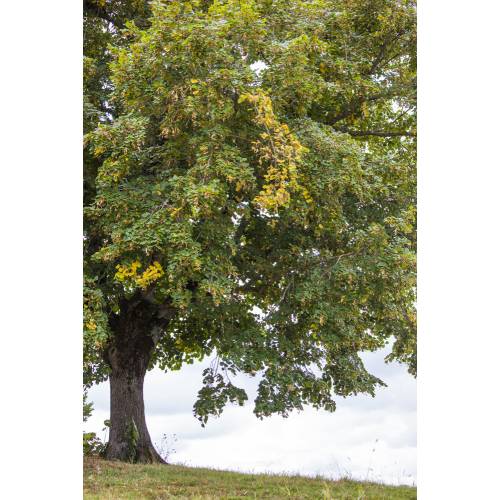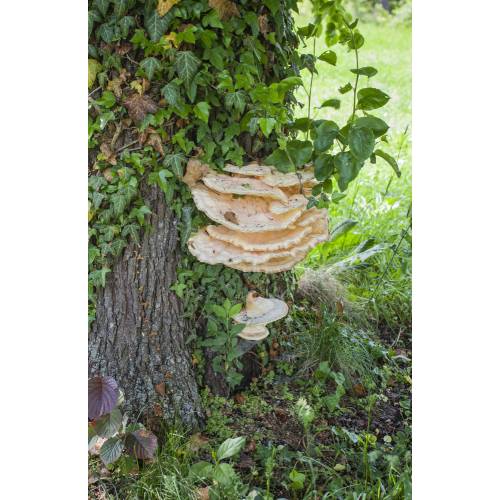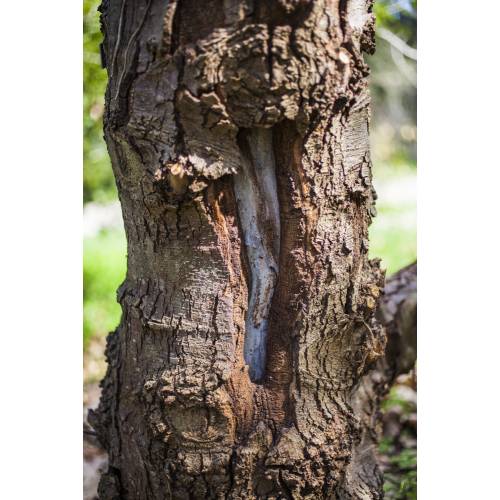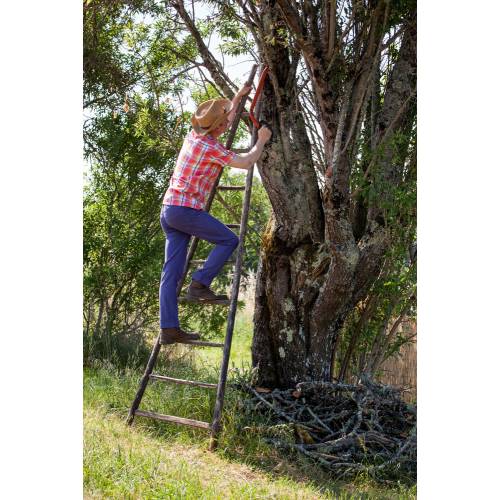
Cure
Help a hailing tree
- Details
-
A tree is a plant a lot more fragile that what we think. And sometimes they become ill. How do we treat it and give it a chance to re-establish itself? In looking after it with great care as it is not easy.
Is it a small or a big problem?
A few leaves which turn yellow or a branch which dies are rarely the precursory signs of a big problem. This is probably the sign of a localised problem or even a normal evolution of the tree. Indeed, with time, branches die and sometimes, in large quantities. An Umbrella Pine for example, when it transforms from its rounded shape to its umbrella shape (around 20 to 30 years) loses nearly half of its branches. In trees, the branches’ frame is constantly changing. However, the death of numerous small branches in Ash or Chestnut trees for example indicates that an important attack is ongoing. If the regrowth are vigorous, it means that the tree reacts positively.
A big problem can on the other hand go unnoticed, like fungus forming on a trunk. This means that an infection is ongoing and the tree is threatened. Only a chemical treatment can stabilise its progress.
If the tree is old
This living monument has seen plenty of things and would have a lot to tell! But an old tree is also a fragile plant which can waste away rapidly or on the contrary ‘get going again’ for years and years providing adequate care. The most important is to never fill up a cavity. You must try to avoid rain getting into it but air must circulate freely. Filling the cavity with cement as it was done in the past, condemns the tree for sure whereas a hollowed tree can live like this for centuries.
Large scars, if they are edged by a bulging swelling indicate that the tree is in the process of slowly healing. Cover the bare wood with a protective sealant and let nature do its work.
Prune if needed
The pruning of a tree is not essential for it to live a long time. Nobody prunes trees in wild forests. However if a tree is hailing, a good pruning encourages new growth and give more vigour. Fruiting trees often benefit from it. This is called a ‘restoration’ pruning. It consists in cutting the main branches 15cm away from their growing point ensuring that a few twigs are left in situ, ‘the sap suckers’ which are going to help the start of new branches. Ornamental trees, on the other hand prefer a less severe pruning. It is best to thin out the frame, only removing the less vigorous branches rather than cutting big branches, as this would worsen the situation even if we encounter this mistake quite often.
The right practices
In all cases, a few precautions avoid putting the tree into danger:
- Ban any work near roots especially levelling and building works (foundations for example). Avoid driving underneath the extremity of its branches.
- Supply a fertiliser rich in phosphorus to feed your tree: it has been proven that this reinforce vigour in old trees.
- Let the grass grow at its base. As much as it is recommended to remove grass growing at the base of young trees, its best to let it grow at the base of older trees as this limits damage from bad weather (warming, frost, leaching from rain) and helps to keep it in good health. - Photos (4)




